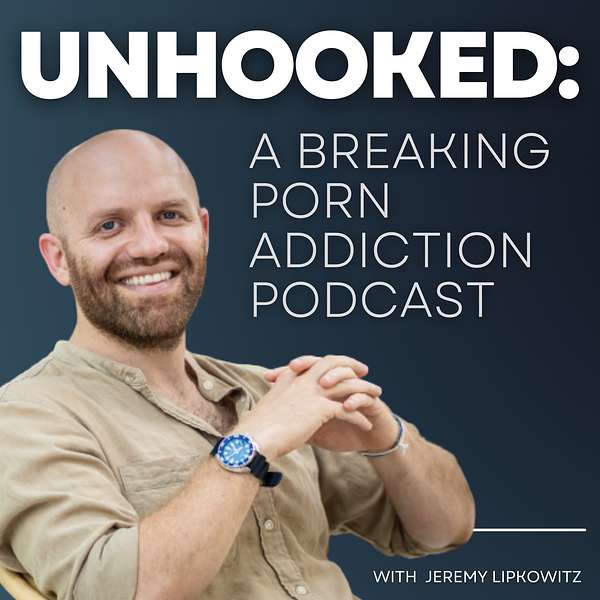
Unhooked: Breaking Porn Addiction Podcast
Unhooked is a podcast dedicated to helping people break free from porn addiction and other compulsive behaviors related to the internet, sex, and intimacy. Rooted in Buddhist wisdom, neuroscience, coaching, and mindfulness, the show explores practical strategies for lasting recovery and personal transformation. Each episode features leading experts, scientists, coaches, and individuals in recovery, sharing their insights, experiences, and expertise to guide listeners on their path to healing and freedom.
Unhooked: Breaking Porn Addiction Podcast
The Recovery Mindset: How to Stop Needing Porn with Jake Kastleman, Host of the No More Desire Podcast
🔹 Want to break free from porn?
Join the waitlist for Unhooked Academy now: https://www.unhookedacademy.com/
In this episode of Unhooked, Jeremy sits down with Jake Kastleman, Coach and Founder of No More Desire. They dive deep into the difference between mere sobriety and a true recovery lifestyle. Jake introduces his four pillars of healing—emotional, neurological, biological, and relational—and discusses how overcoming perfectionism and the high achiever mindset can lead to a life free from the desire for porn. The conversation also covers the importance of emotional regulation, breaking free from instant gratification, and the power of vulnerability in recovery. If you're on a journey towards recovery and seeking support, community, and coaching, learn more about Unhooked Academy at unhookedacademy.com.
🔹 Want personalized support? Book a free discovery call with Jeremy: JeremyLipkowitz.com/intro
Connect with Jeremy:
🌍 Website: JeremyLipkowitz.com
📷 Instagram: https://www.instagram.com/jeremylipkowitz/
🎥 YouTube: https://www.youtube.com/@JeremyLipkowitz
📩 Email: jeremy@unhookedacademy.com
Jeremy’s Online Course: Unhooked – Step-by-Step Guide to Quitting Porn: https://www.unhookedacademy.com/
Connect with Jake Kastleman
🎙️ Podcast:
https://open.spotify.com/show/6YnCSiRheCD2wkhIc4UXBx
https://podcasts.apple.com/us/podcast/no-more-desire-porn-addiction-recovery/id1658847468
🌍 Website: https://www.nomoredesire.com/podcast
Timestamps:
00:00 Introduction and Guest Introduction
00:24 The Concept of True Recovery
04:15 Jake's Four Pillars of Healing
06:59 The Role of Technology and Noble Pleasures
17:32 Jake's Personal Journey and Early Addictions
25:42 Identifying the Relapse Mindset
26:49 Sobriety vs. Recovery
29:52 Embracing Painful Emotions
34:36 Mindfulness and Pain Management
37:09 Understanding and Addressing Shame
42:24 The Power of Vulnerability
46:57 Connecting with Supportive Communities
50:35 Conclusion